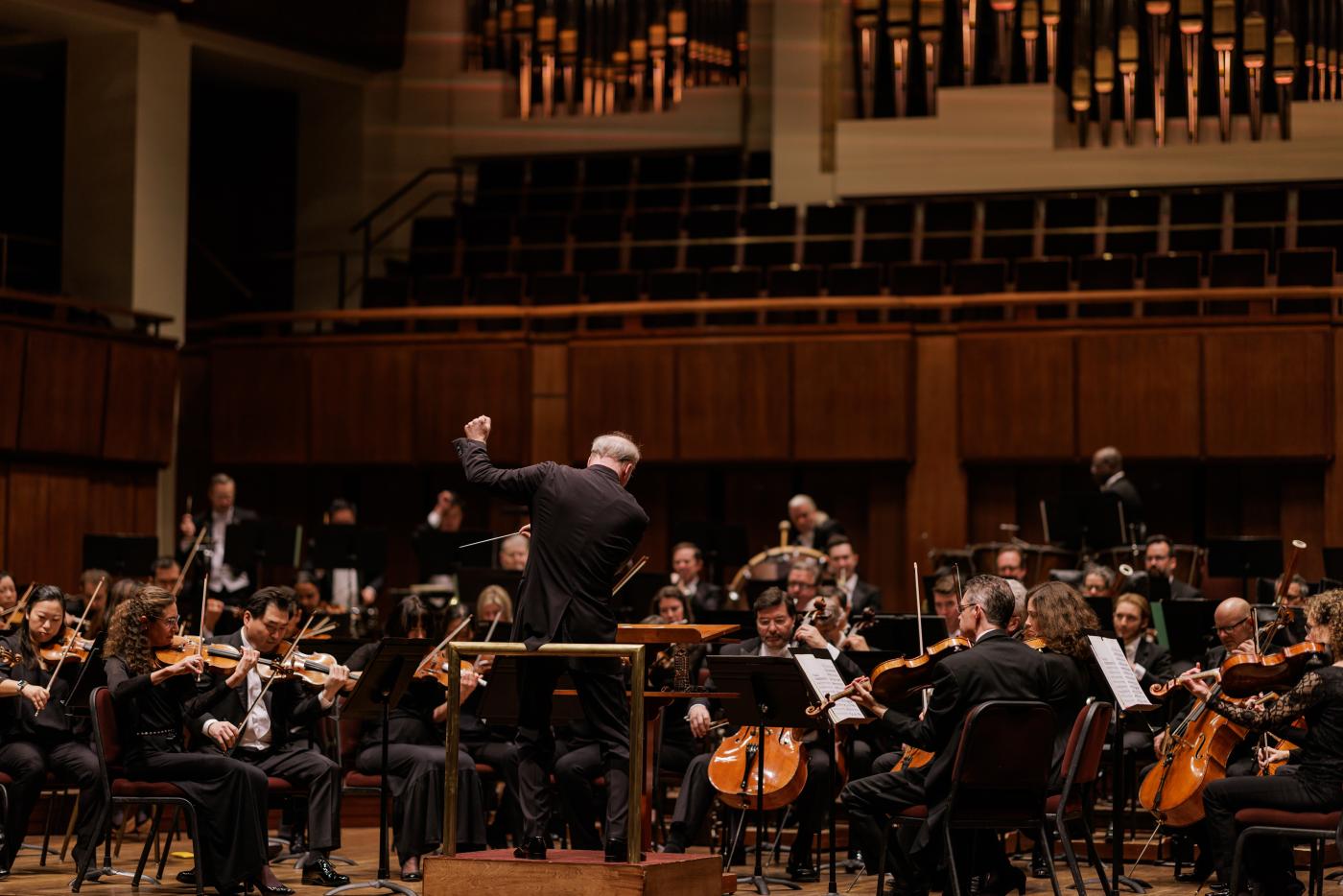The music of American composer George Walker (1922-2018) has been featured in the National Symphony Orchestra’s Beethoven & American Masters series; its last concerts, at the Kennedy Center on June 1, 2 and 3, will include one of his orchestral works.
As Nicole Lacroix has written in Classical Score and in the May issue of WETA Magazine, Gianandrea Noseda and the NSO included Walker in this series partly to celebrate his centennial, beginning with a concert last year that featured the fourth of five orchestral works to which Walker gave the title Sinfonia.
John Banther’s conversation with George Walker’s friend and colleague, Dr. Mickey Terry below
The series ends with two works by Beethoven: the overture to the music he composed for Salvatore Viganò’s 1801 ballet The Creatures of Prometheus, and his last orchestral work, the Symphony No. 9, composed almost a full quarter-century after the Prometheus ballet. The concert program’s companion to these two pieces that bookend Beethoven’s maturity is a fairly late work of Walker’s, the Sinfonia No. 3.
Walker’s music has been played by numerous American orchestras and ensembles, and his renown earned him many a commission, but the Sinfonia No. 3, composed in 2003, was not commissioned; it seems to have sprung solely from Walker’s meticulous yet vast creativity. It is in three distinctive movements, each of which bears only a numerical metronome mark for a title. This terse, nearly cryptic enumeration of his intent also differs from another Sinfonia featured in this NSO series, Walker’s last completed work, the programmatic Sinfonia No. 5, “Visions”, an anguished yet undeterred response to the 2015 mass shooting at Mother Emanuel AME Church. If Walker had anything other than “absolute music” in mind for the Sinfonia No. 3, he kept it to himself.
The paring of this piece with Beethoven’s Prometheus overture and Ninth Symphony is a brilliant choice. Like Beethoven’s Ninth, Walker’s Third Sinfonia is edged with both majesty and menace. Its first movement (“♩ = 76”) opens abruptly with a bold, uncompromising five-note motif — dare I say reminiscent of the explosive opening of the finale to Beethoven’s Ninth? Long chords form robust pillars of sound strung together by cables of angular melody. The lyrical second movement (“♩ = 54”) is of a sound-world not so far removed from the yearning slow movement of the Ninth. Its final section, “♩ = 72 to 88,” is imbued with an alla marcia insistence perhaps cut from a cloth with which the memorable tenor solo in the Ode to Joy is woven. Beethoven ends his last symphony with a colossal paean to universal fellowship and harmony; Walker, in a musical idiom that, I think, could only have been American-born, ends his Sinfonia No. 3 unbowed and undaunted: it bears the Promethean scars of bringing a fiery perseverance to the world, yet those ever-renewed wounds do not blot out an inextinguishable generosity and vitality.
PBS PASSPORT
Stream tens of thousands of hours of your PBS and local favorites with WETA+ and PBS Passport whenever and wherever you want. Catch up on a single episode or binge-watch full seasons before they air on TV.
